The Imjin War, Part 4: Stalemate and Withdrawal
After a few years of uneasy ceasefire, the fighting resumes between the Japanese and the Koreans and their Ming allies. After a massive setback when the new-and-improved Japanese Navy nearly annihilates the Korean fleet at Chilcheollyang, Admiral Yi Sun-sin would once more bring his martial prowess to bear against his foes on the high seas with stunning results.


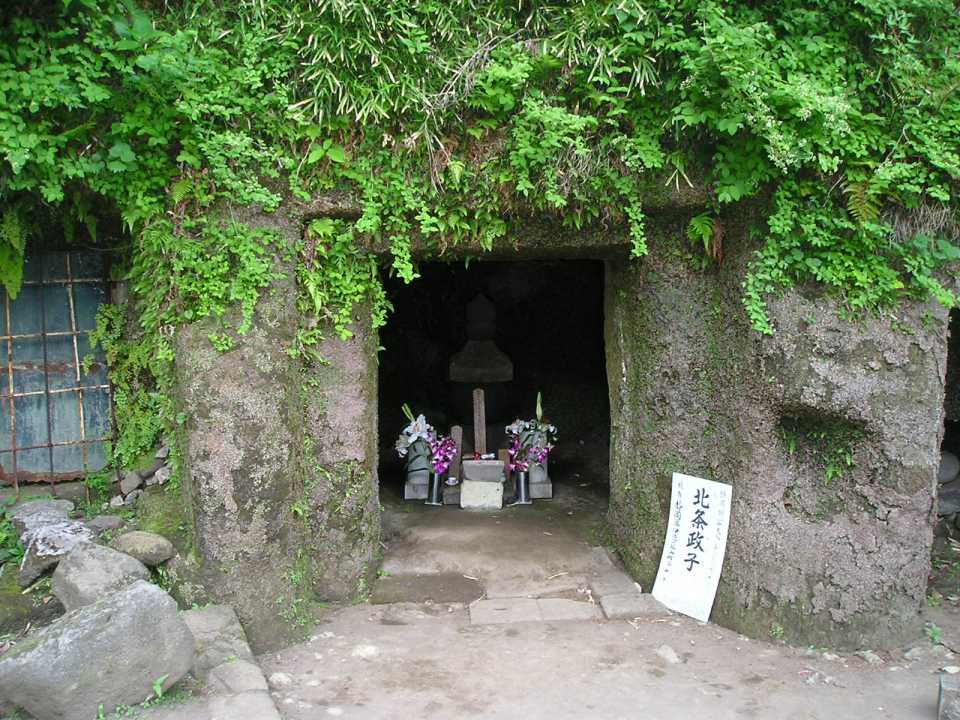





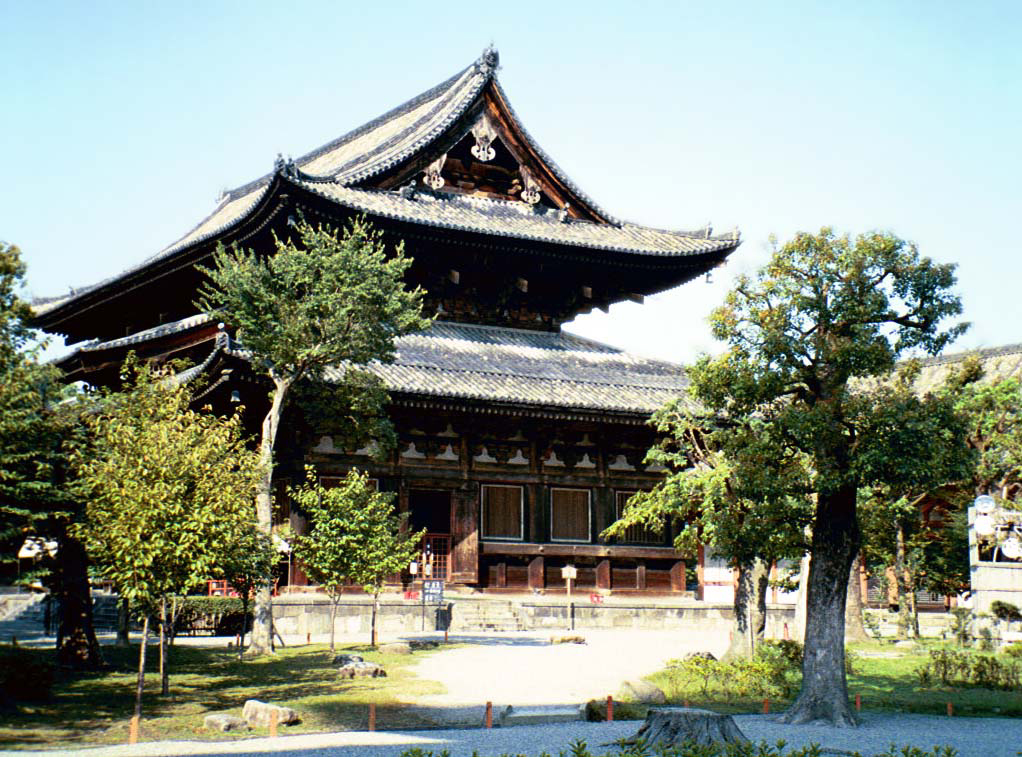







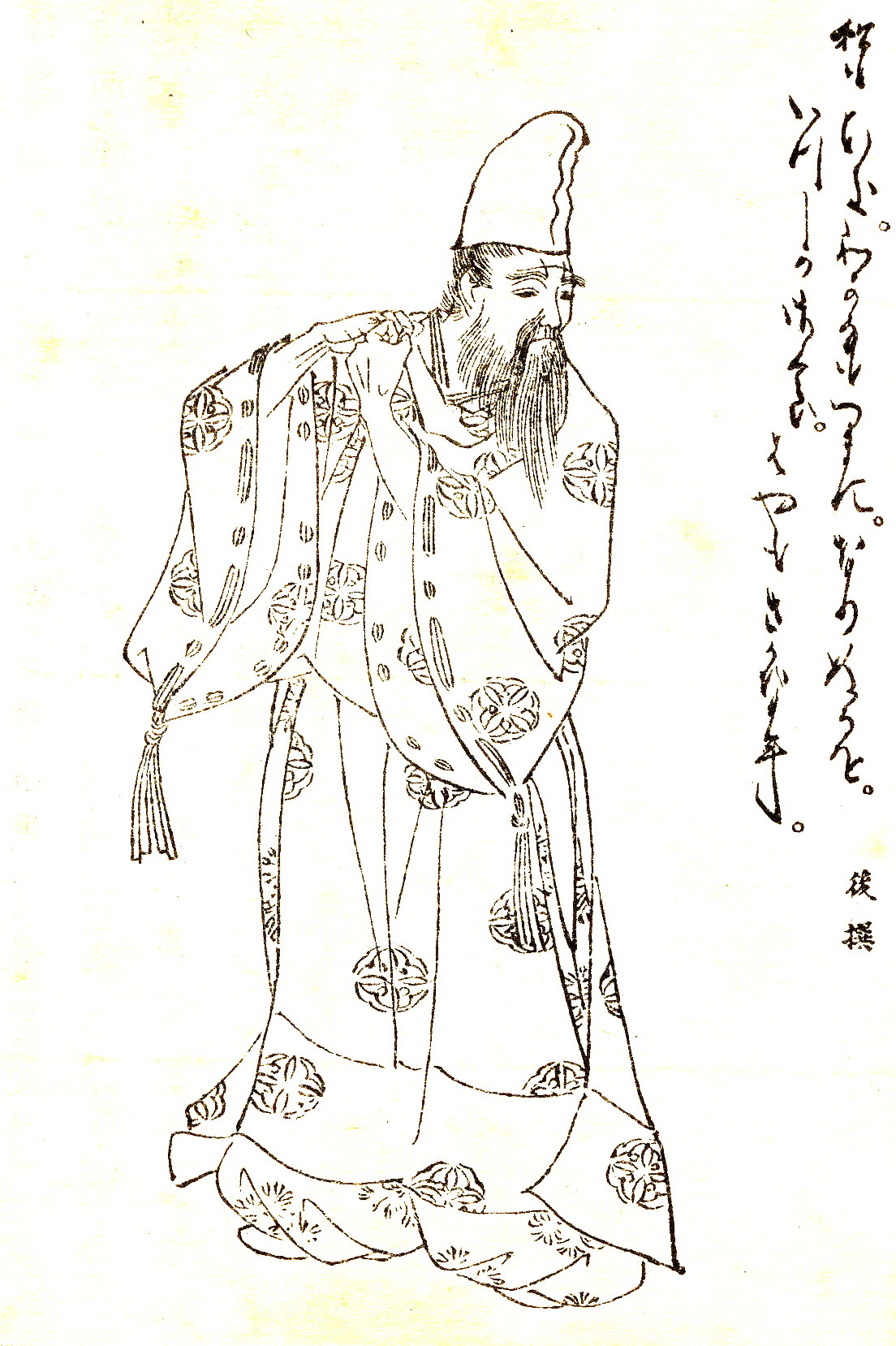

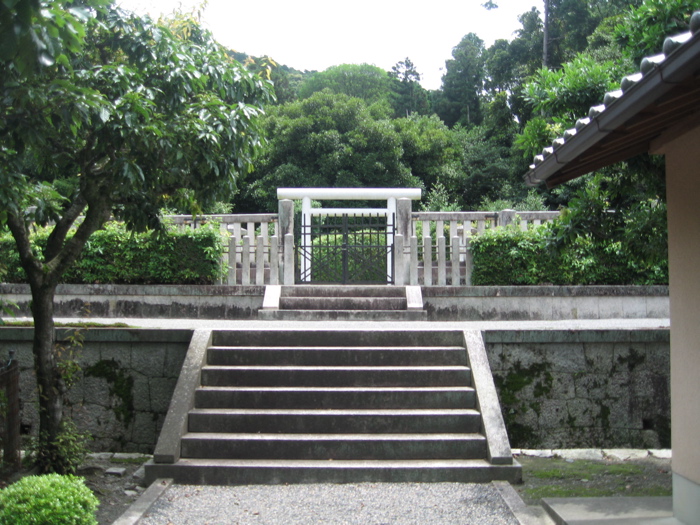
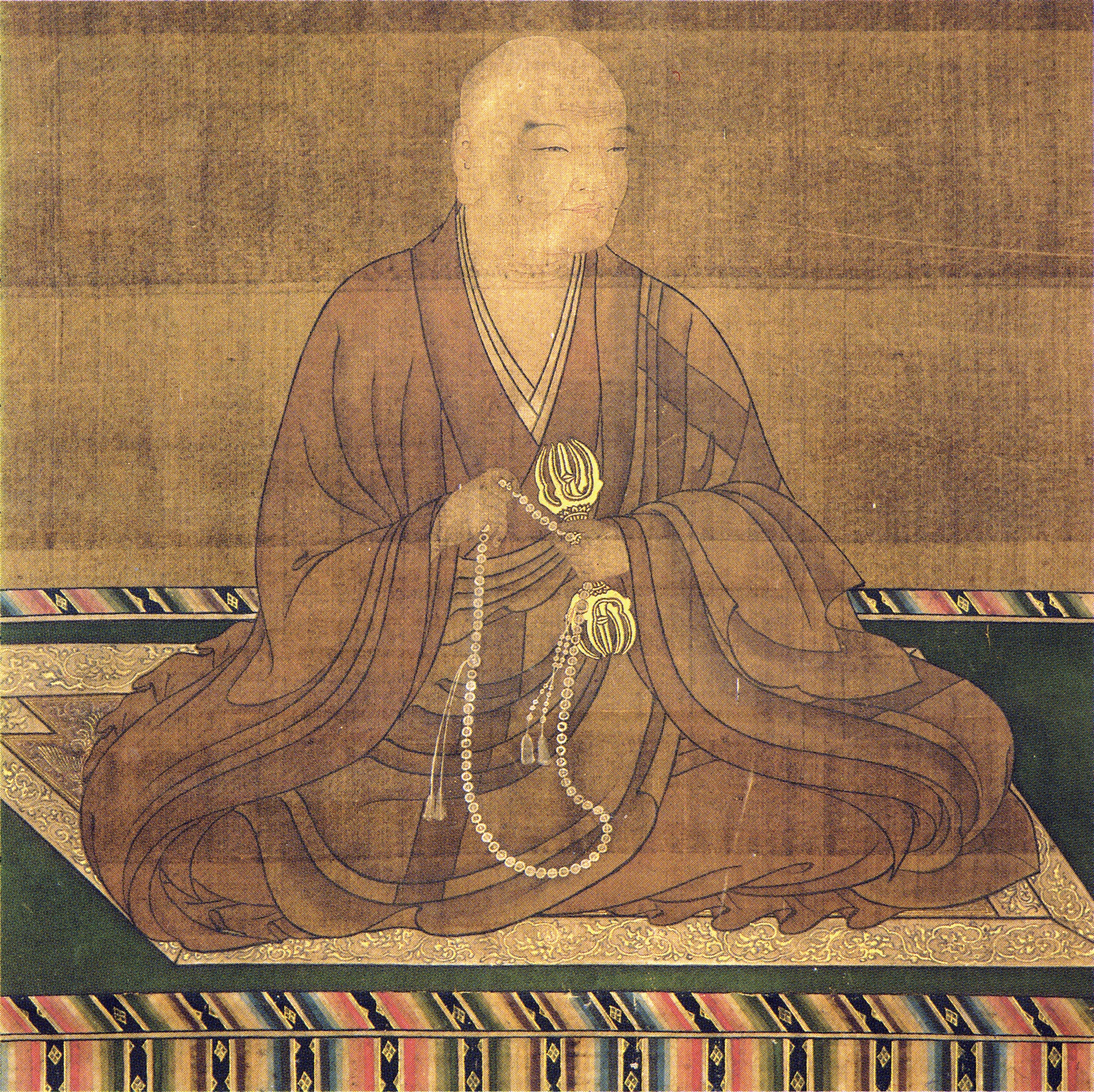







Recent Comments